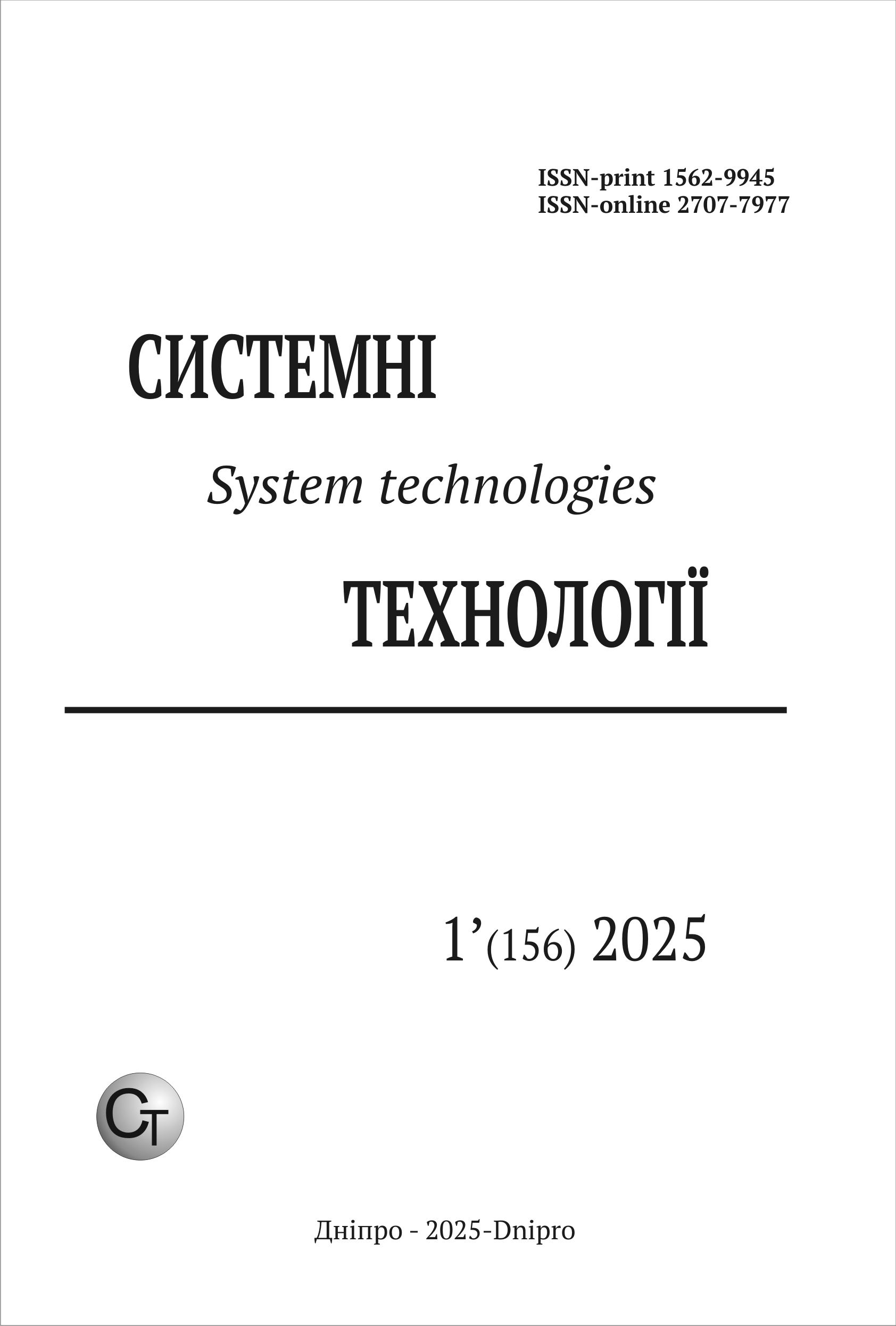Constructive-synthesizing modelling of three-dimensional fractal surfaces
DOI:
https://doi.org/10.34185/1562-9945-1-156-2025-09Keywords:
constructive-productive modeling, fractal, L-system, pagoda, constructor, formal grammars, Bézier surfaces, software, information technology.Abstract
The study considers the fractal properties of architectural structures, in particular, mul-ti-tiered structures such as a pagoda. The pagoda is an example of a building where each lev-el repeats the geometric motif of the previous one, decreasing in scale but maintaining the overall structure and proportions. Representation of the pagoda model using fractal geometry and Bézier surfaces to re-produce curved elements is the main element of the work. An algorithm for the formation of an architectural structure, where each level is modelled on the basis of the previous one through a sequential reduction of its geometric elements, is proposed. The formation is car-ried out with the help of constructors based on constructive-synthesizing modelling. This ap-proach allows for the automatic creation of new levels of the structure while maintaining their self-similarity. One of the key tools used in the work is parametric constructors, which allow generat-ing three-dimensional images of multi-level structures. Particular attention is paid to Bezier surfaces, which are used to build curved elements at each level of the pagoda, ensuring smooth transitions between surfaces. The algorithmic constructors allows you to interactively adjust the parameters of the structure by changing the number of levels, their proportions and geometric features. As a result, a set of algorithms and tools for building fractal structures has been pre-sented that can be used both in architectural design and in modelling complex geometric shapes. The process of creating such models is described in detail through an iterative ap-proach, where each level of the structure is the result of modifying the previous one according to clearly defined rules.
References
Shynkarenko V.I., Ilman V.M. Constructive-Synthesizing Structures and Their Grammatical Interpretations. Part I. Generalized Formal Constructive-Synthesizing Structure // Cybernetics and Systems Analysis. 2014. Т. 50, №5. Pp. 662–665. DOI: 10.1007/s10559-014-9655-z.
Shynkarenko V.I., Ilman V.M. Constructive-Synthesizing Structures and Their Grammatical Interpretations. Part II. Refining Transformations // Cybernetics and Systems Analysis. 2014. Т. 50, №6. Pp. 829–841. DOI: 10.1007/s10559-014-9674-9.
Shynkarenko V.I., Chyhir R.R. Constructive-Synthesizing Modelling of Multifractals Based on Multiconstructors // Proceedings of the 14th International Scientific and Practical Programming Conference (UkrPROG 2024). 2024. Vol. 3806, Pp 75-88.
Shynkarenko V.I., Letuchyi O.Y., Chyhir R.R. Constructive-synthesizing modeling of fractal crystal lattices // Proceedings of the 18th IEEE International Conference on Computer Science and Information Technologies (CSIT). 2023.
DOI: 10.1109/CSIT61576.2023.10324251.
Tubić D., Hébert P., Laurendeau D. 3D surface modeling from curves // Image and Vision Computing. 2004. Vol. 22, No. 9. Pp. 719–734.
Vucina D., Lozina Z., Pehnec I. Computational procedure for optimum shape design based on chained Bezier surfaces parameterization // Engineering Applications of Artificial Intelligence. 2012. Vol. 25, No. 3. Pp. 648–667.
Yildiz M.A., Yildiz M.E., Beyhan F. Developing dynamic and flexible façade design with fractal geometry // Journal of Architectural Sciences and Applications. 2023. Vol. 8, No. 1. Pp. 1–14.
Al-Dabbagh A.A., Ismail K.J.A. Using Fractal Geometry in Studying Architectural and Urban Patterns // International Journal of Sustainable Development & Planning. 2024. Vol. 19, No. 6.
Alghar M.Z., Walidah N.Z., Marhayati M. Ethnomathematics: The exploration of fractal geometry in Tian Ti Pagoda using the Lindenmayer system // Alifmatika: Jurnal Pendidikan dan Pembelajaran Matematika. 2023. Vol. 5, No. 1. Pp. 57–69.
Prusinkiewicz P. Lindenmayer A. The Algorithmic Beauty of Plants // Springer Science & Business Media. 2012.
Downloads
Published
Issue
Section
License
Copyright (c) 2025 System technologies

This work is licensed under a Creative Commons Attribution 4.0 International License.















